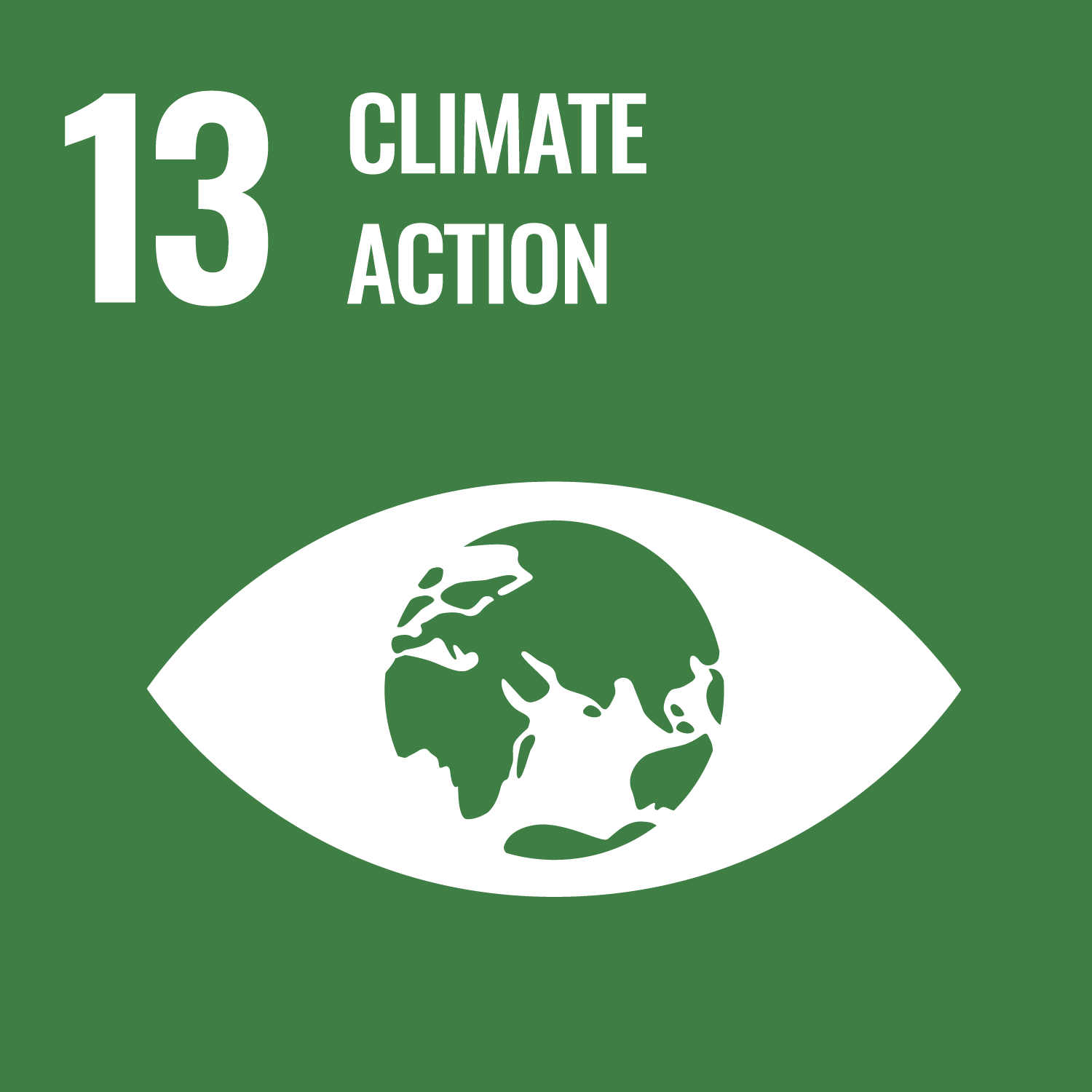ORCID
- Matt Westoby: 0000-0002-2070-5580
Abstract
Glaciers and ice sheets are an integral part of Earth’s system, advancing and retreating in response to changes in climate. Clues about the past, present, and future behaviour of these ice masses are found throughout current and former glaciated landscapes. In this commentary, we outline recent scientific advances from a collection of articles in which geomorphological evidence is used to inform us about the behaviour of glaciers and ice sheets across a range of spatial (landform to continent) and temporal (seasons to millennia) scales. Through a diversity of approaches including field measurements, remote sensing and numerical modelling, these studies build on an extensive background literature to deepen our understanding of how ice flows, how glaciers and ice sheets respond to climate change, and of the processes of ice advance and retreat and the stability of the system. Further integration of knowledge across the fields of geomorphology and glaciology will have tangible benefits for managing the societal and environmental impacts of glacier change, and for improved projections of sea-level rise over the coming decades to centuries.
DOI Link
Publication Date
2024-07-02
Publication Title
Earth Surface Processes and Landforms
Volume
49
Issue
12
ISSN
0197-9337
Acceptance Date
2024-06-23
Deposit Date
2024-07-01
Funding
We would like to thank all of the authors for their contributions towards a unique collection on the topic of geomorphology and glacier/ice sheet change, as well as the Chief Editor Stuart Lane for his support and guidance. R.S.J. is supported by the Australian Research Council under grant numbers DE210101923 and SR200100005 (Special Research Initiative, Securing Antarctica's Environmental Future).
Additional Links
Keywords
climate change, glacial geology, glacial geomorphology, glacier, glaciology, ice sheet, landforms, modelling, remote sensing, sedimentology
First Page
3677
Last Page
3683
Recommended Citation
Westoby, M., Jones, R., & Miller, L. (2024) 'How can geomorphology facilitate a better understanding of glacier and ice sheet behaviour?', Earth Surface Processes and Landforms, 49(12), pp. 3677-3683. Available at: 10.1002/esp.5932


